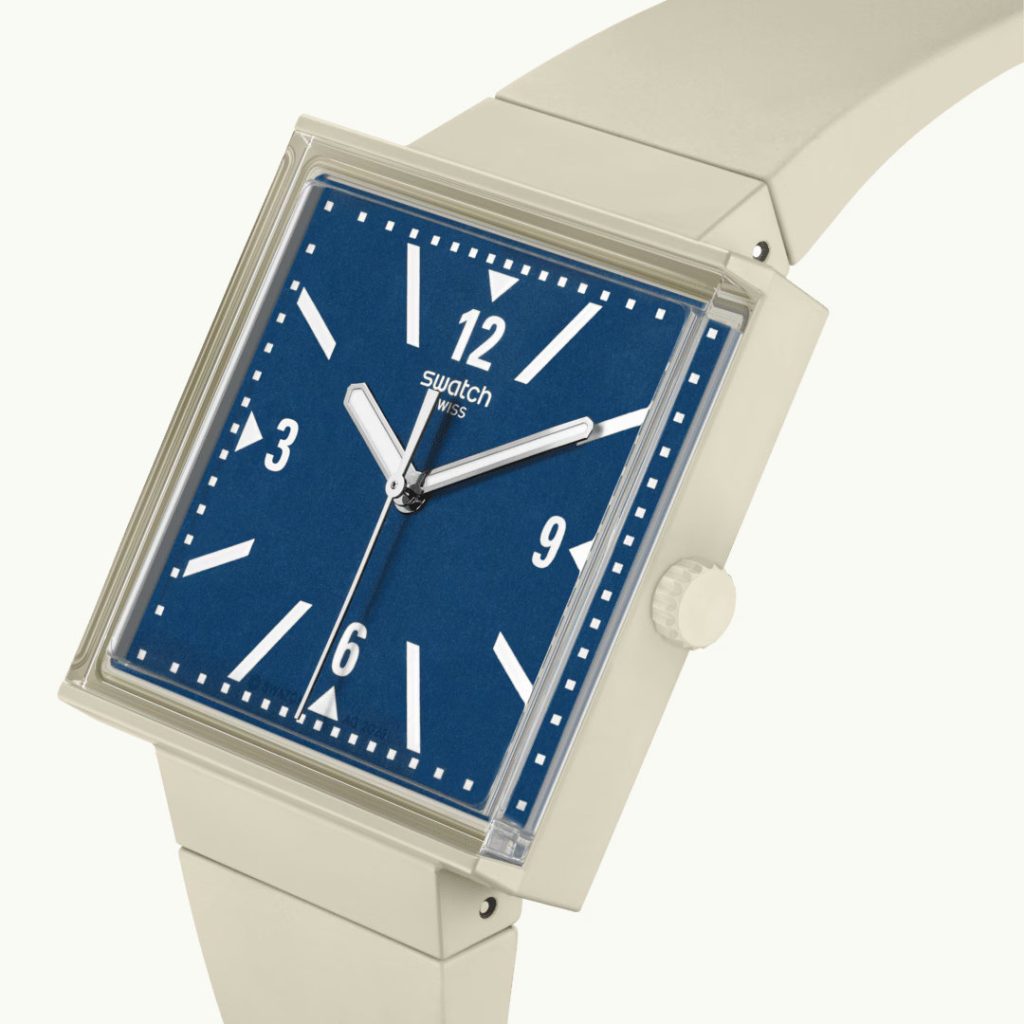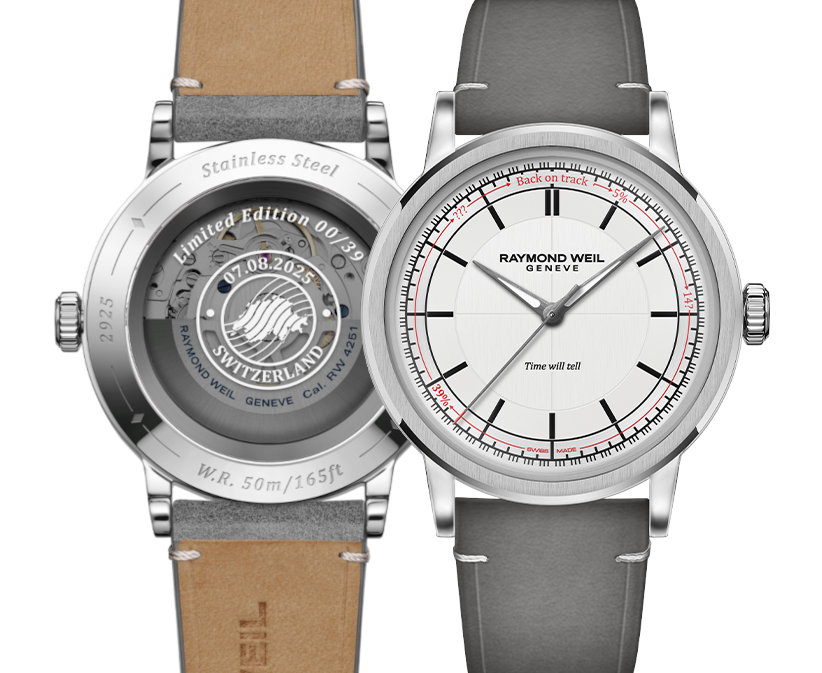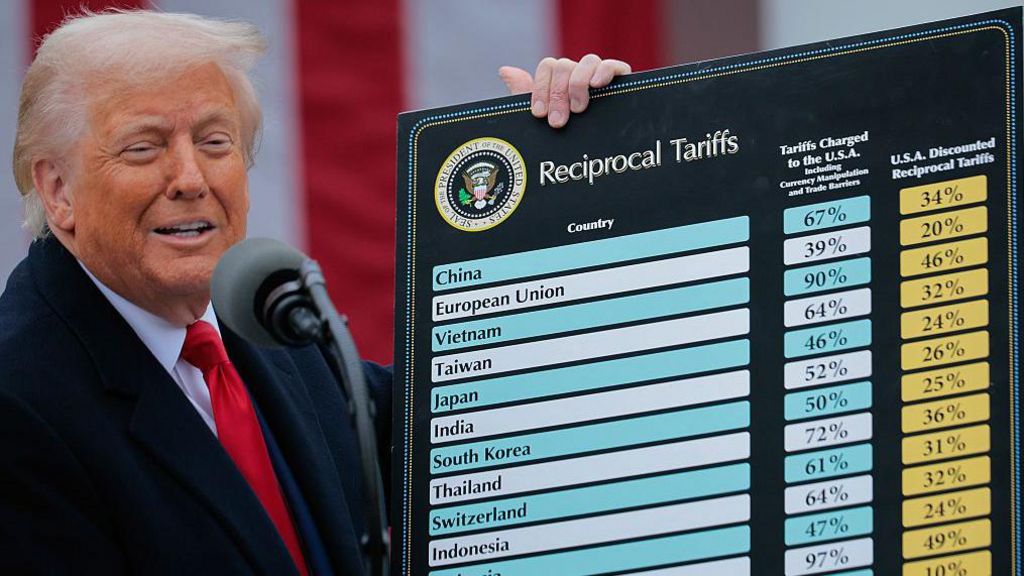For centuries, Swiss watches have stood as the ultimate symbol of precision, tradition, and style. But as of August 1st, their journey into the U.S. has become a lot more expensive. A new 39% tariff on Swiss timepieces has landed like a hammer blow on the industry, and the impact is already ticking louder than a pocket watch in a silent room.
To put it simply, a watch that used to cost $10,000 could now flirt with a $14,000 price tag once tariffs are factored in. That is the kind of difference that makes even seasoned collectors raise an eyebrow and casual buyers reconsider whether “Swiss Made” is still within reach.
The U.S. is a vital market for Swiss watches – it fuels sales across all price ranges, from fun entry-level pieces to high-end complications. With tariffs in place, brands face a tough choice: eat some of the cost themselves, pass it fully on to consumers, or get creative. Some are even rumored to be exploring alternate logistics through other European countries to soften the blow.
But if Swiss watchmaking is famous for anything, it is creativity under pressure. Case in point: Swatch and Raymond Weil have taken the tariff debate straight to the dial. Swatch rolled out a cheeky limited-edition called WHAT IF…TARIFFS? – a square watch with the numbers 3 and 9 reversed on a blue dial. It is playful, provocative, and very Swatch. Meanwhile, Raymond Weil went even bolder with a special edition plastering “39%” on the dial itself. Only 39 were made, and they sold out faster than you can say “customs declaration.” To add to the fun, CEO Elie Bernheim announced the brand would lower prices by 39% instead of raising them. A witty jab at the situation, and a gesture collectors surely appreciated.
Beyond humor, though, the stakes are serious. Higher prices could push American buyers toward other markets: German brands with Bauhaus charm, Japanese powerhouses like Grand Seiko, or even U.S.-based makers who suddenly look like a bargain. Add to that the growing appeal of the pre-owned market, and the challenge for Swiss brands becomes crystal clear.
The tariff is more than just an economic hurdle – it is a test of resilience. The Swiss have weathered quartz crises, fashion swings, and shifting consumer habits. Now they must recalibrate once again, showing that tradition and ingenuity can coexist with unexpected challenges.
At the end of the day, a Swiss watch is still more than gears and springs. It is a piece of history you wear on your wrist. But in today’s climate, buyers may find themselves asking whether that history is worth an extra 39%.
One thing is certain: in Switzerland, the conversation is louder than ever. And the clock, as always, is still ticking.



Leave a Reply